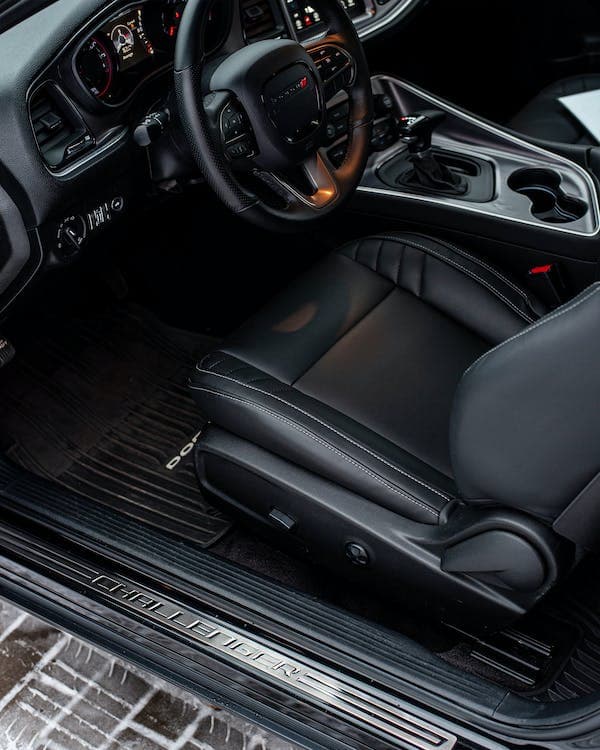Solving Dodge Challenger P0123: Throttle/Pedal Position Sensor/Switch 'A' Circuit High
The Dodge Challenger is a symbol of American muscle, combining power, performance, and style. However, like any vehicle, it can encounter issues, one of which is the P0123 trouble code. This code signifies a problem with the Throttle/Pedal Position Sensor/Switch 'A' Circuit High Input. Understanding and fixing this issue is crucial for maintaining your Challenger's performance. This guide will walk you through diagnosing and solving the P0123 code on your Dodge Challenger.
Understanding the P0123 Code
The P0123 code is an OBD-II generic trouble code indicating that the Engine Control Module (ECM) has detected the Throttle/Pedal Position Sensor/Switch 'A' Circuit Input is higher than expected. This sensor, part of the throttle body, communicates the throttle's position to the ECM, which then adjusts fuel injection and engine timing accordingly.
Symptoms of the P0123 Code
- Check Engine Light: This is usually the first indication of the P0123 code.
- Poor Engine Performance: You may notice a lack of power, hesitation, or stalling.
- Erratic Idle: The engine idle may be too high, too low, or fluctuating.
- Increased Fuel Consumption: Due to improper air-fuel mixture adjustments.
Diagnosing the P0123 Code
- Scan for Codes: Use an OBD-II scanner to confirm the presence of the P0123 code and check for any other related codes.
- Visual Inspection: Check the throttle body, wiring, and connectors for any visible damage, disconnections, or corrosion.
- Check the Throttle Position Sensor (TPS): Using a multimeter, verify the sensor's voltage. It should typically read around 0.5 volts at idle and increase smoothly to about 4.5 volts at wide-open throttle.
- Inspect the Pedal Position Sensor: Similar to the TPS, ensure its voltage readings are within specifications.
- Check for Vacuum Leaks: A vacuum leak can cause erratic engine behavior that might be mistaken for a sensor issue.
Fixing the P0123 Code
Repair or Replace Damaged Components
- Wiring and Connectors: Repair or replace any damaged wires or connectors.
- Throttle Position Sensor: If the sensor is faulty and not providing the correct voltage readings, replace it.
- Pedal Position Sensor: Replace if it's found to be defective after testing.
- Throttle Body: Sometimes, the issue might be with the throttle body itself. Cleaning or replacing it might be necessary.
Reset the ECM
After repairs, clear the P0123 code from the ECM using an OBD-II scanner and perform a test drive to ensure the issue is resolved. The ECM may take time to relearn the proper throttle position, so observe the vehicle's performance closely during this period.
Preventing Future P0123 Codes
- Regular Maintenance: Keep up with your Dodge Challenger's maintenance schedule, especially regarding the engine and fuel system.
- Clean the Throttle Body: Periodically cleaning the throttle body can prevent issues related to dirt and grime buildup.
- Inspect Wiring Regularly: Check the condition of the wiring and connectors, especially those connected to the throttle body and sensors, to catch any potential issues early.
Conclusion
The P0123 code on a Dodge Challenger can significantly affect the vehicle's performance but is usually not difficult to diagnose and fix. By following the steps outlined in this guide, you can ensure your Challenger runs smoothly and maintains its performance. Remember, regular maintenance and early detection are key to preventing future issues.
